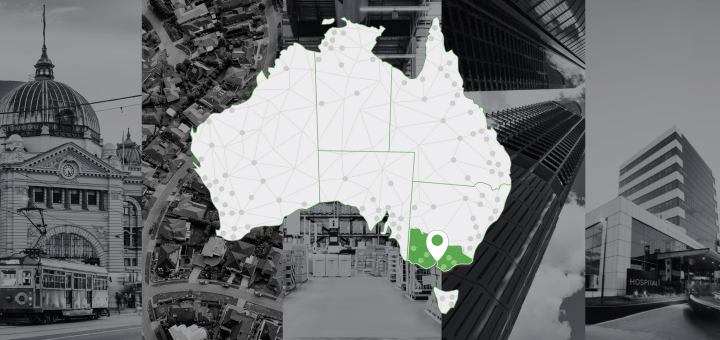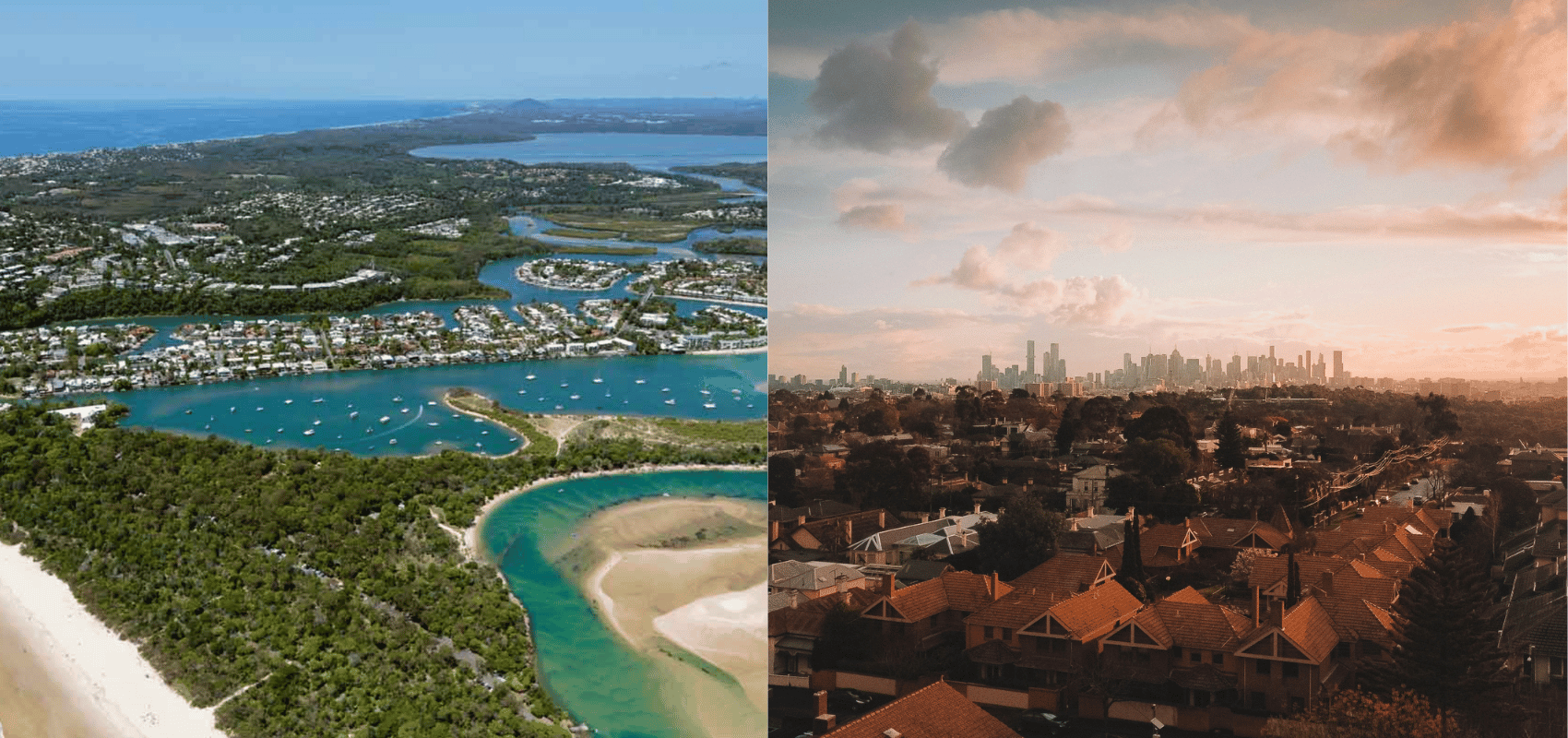.id has recently launched a new tool to help communities understand and promote their strategic industries. In today’s blog, we explore the insights we found from exploring the Creative and Cultural sector in Sydney’s inner west.
Most economies in Australia are shaped by their location and the capital they have access to because of these. Regional areas are influenced by physical capital – the richness of their soil for agriculture, or what lies under the soil for mining. Many coastal areas rely on their access to water for shipping/fishing or natural amenity that attracts holidaymakers. The economic role of urban regions is influenced by major facilities (hospitals, airports), and access to infrastructure (major freeways, rapid transit).
Some locations though are driven by the human capital within. The inner suburban council of Inner West in Sydney is one of those places. Noted for the nightlife and cultural diversity of its well-known suburbs like Newtown and Marrickville, the local council recently asked us to explore the value of their Creative and Cultural Sector.
Profiling creative and cultural activities
In recent years, Australia has sought to promote the output and internal value of its creative and cultural community. Defining a sector such as this is intrinsically hard due to obvious subjective judgments about what denotes ‘creative’ work. In addition, some modern creative or cultural industries do not fall within standard ANZSIC definitions. However, the ABS has made an attempt in the past to define Cultural and Creative Activity Satellite Accounts. This has subsequently been built upon by a number of research and industry bodies. Recognising existing definitions might need some adjusting, work is currently underway by Government to reclarify what is ‘in or out’. Until this work is complete, .id adopts an expanded ABS definition, or we benchmark a council’s own definition to ensure consistent comparisons.
Exploring the Inner West
Utilising the latest economic estimates, we identified that the Creative and Cultural sector supported 13% of all employment in the Inner West Council area in 2021/22. This would make it the second largest sector after Health Care and Social Assistance and actually the largest in terms of value added generated. If embedded creatives are included (people working in creative occupations in other sectors), the total creative and cultural employment represented 16.4%.
While the largest employing industry was Computer System Design and Related Services, as it is for most of Sydney, it is actually other highly creative areas that are over-represented. In 2021/22, it was estimated that 8% of all the Sector’s workers were Creative Artists, Musicians, and Writers, 3.3 times the Greater Sydney average. Manufacturing is still alive in Inner West too, with Clothing and Jewellery manufacturing also over-represented.
Looking at the workforce, despite the multicultural resident base, the share of workers who were born overseas (37%) was less than the Greater Sydney average. In general, workers were slightly older, less educated, and more likely to be working part-time. The median income was around $15,000 less than the Greater Sydney average. This figure is influenced not just by education, but also the industry mix. As analysis of the whole of Sydney shows, IT based creative areas like software publishing generally earn way more than actors, musicians, and jewellery designers. For more detailed analysis, take a look at the online profile on Inner West’s economyid site.
Profiling other key industries – Cairns case study
Earlier in the year, .id also worked with the Cairns Council in far north QLD to profile 8 of their strategic industries. Along with common ones such as health, education and manufacturing, Cairns were particularly interested in understanding and highlighting unique specialisations like Marine and Defence. The profiles also involved a SWOT analysis based on industry surveys to highlight how trends and major projects will influence their growth going forward. For example, the awarding of a long term maintenance and servicing contract with the Royal Australian Navy. The project was complemented by overview industry snapshots that are embedded within the Cairns economy.id site.

The benefit of industry/sector profiling
Sector profiling supports regional strategic planning in many ways including:
- highlighting competitive advantage that can be used to advocate to governments (for grant funding), businesses (interested in complementary industries and workforces), and new employees (looking for similar work in different locations);
- identifying where sectors or industries need support to enable even further growth or address challenges; and
- exploring skill gaps, or identifying under-represented cohorts in local industries.
If you believe profiling your key sectors/industries would provide value, please get in touch with us. Recent profiling has proven highly useful to councils for stakeholder discussions, industry planning, and investment prospectuses.










